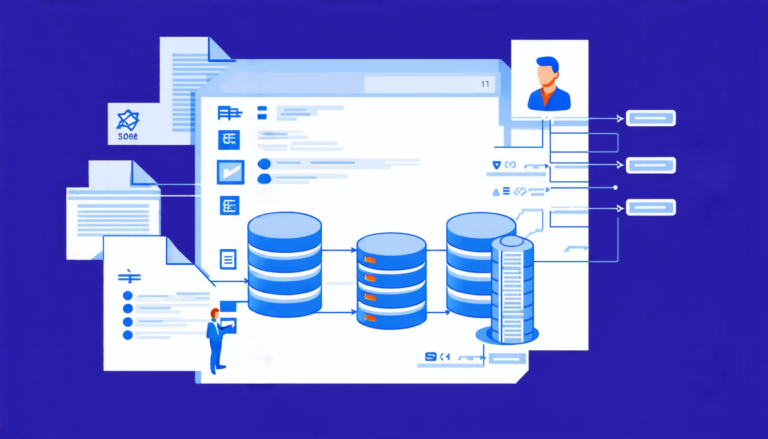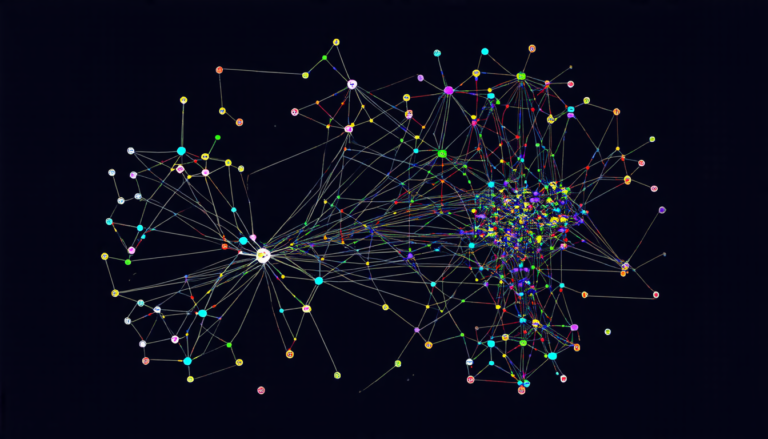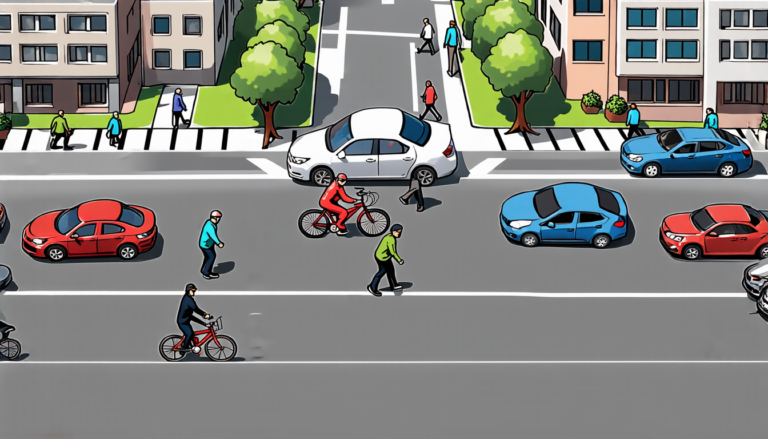Sunday 25 May 2025
A team of researchers has made a significant breakthrough in the field of robotics, developing an algorithm that enables robots to solve complex manipulation tasks by composing generic skills into long-horizon trajectories.
The algorithm, called MOSAIC (Motion Planning using Options and Skills for Action Inference and Composition), was designed to tackle challenging robotic manipulation problems that require planning and execution over extended periods. Traditional approaches to robotic skill learning often focus on teaching robots specific actions or movements for a particular task, but these methods can be inflexible and limited in their ability to generalize to new situations.
MOSAIC takes a different approach by allowing robots to learn generic skills that can be composed together to solve complex tasks. These skills are represented as options, which are essentially reusable fragments of motion planning solutions that can be combined to form longer trajectories.
The algorithm works by first generating a set of local skill trajectories using a diffusion policy, which is a type of machine learning model that learns to generate new motions based on observed data. The generated skills are then connected together using a linking mechanism that ensures the robot’s motion remains feasible and efficient.
To evaluate MOSAIC, the researchers tested it on a variety of robotic manipulation tasks, including object pushing and grasping. The results showed that the algorithm was able to solve complex problems by combining simple skills in creative ways.
One of the key advantages of MOSAIC is its ability to adapt to changing situations and environments. By learning generic skills rather than specific actions, the robot can generalize its knowledge to new contexts and tasks.
The researchers believe that MOSAIC has significant potential for applications in areas such as manufacturing, logistics, and healthcare, where robots are increasingly being used to perform complex manipulation tasks.
In addition to its practical applications, the algorithm also offers insights into how humans learn and use skills. By studying how robots compose skills together, researchers can gain a better understanding of how our own brains process and generalize learned information.
Overall, the development of MOSAIC is an important step forward in the field of robotic manipulation, and it has the potential to revolutionize the way we design and build robots that can perform complex tasks.
Cite this article: “Robots Learn to Solve Complex Tasks by Composing Generic Skills”, The Science Archive, 2025.
Robotics, Manipulation, Skills, Options, Motion Planning, Composition, Generalization, Learning, Adaptability, Automation.







